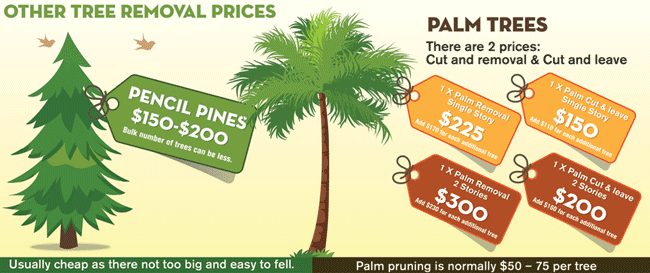Acknowledging The Need For Tree Removal: An Overview For Homeowners
Acknowledging The Need For Tree Removal: An Overview For Homeowners
Blog Article
Posted By-Mcmahon Long
Trees add appeal and worth to building, but they can additionally present a danger during extreme climate occasions. If a tree has stopped growing, is showing noticeable fungal development, or has a leaning trunk, it ought to be eliminated by an expert to avoid residential or commercial property damages and injury.
To read more, go to a homeowner resource fair co-hosted by HPD, the Facility for NYC Neighborhoods, and Brooklyn-based housing companions this evening in Bedford-Stuyvesant. The occasion will certainly include the Home owner Handbook, a new guide to assist home owners browse the duties of possessing a home.
1. Dead or Dying Branches
Trees are an essential part of your home's landscape, offering color and charm. They also supply sanctuary for wild animals and produce oxygen, however also healthy and balanced trees can experience health problems that may demand their removal. Dead or dying trees aren't just undesirable, they can be harmful. Their branches might fall during a tornado, resulting in expensive home damages and injuries.
When a tree's branches begin to die, it suggests that its framework is starting to break down. If the majority of its branches are dead, it is likely time to remove it.
Search for a lack of new development, bark peeling, open injuries or dental caries, fungi expanding on the trunk or roots and a general appearance of degeneration in the whole cover. These signs of infection can suggest a significant trouble that will certainly need expert tree services to fix.
2. Leaning Trunk
While it's regular for trees to lean from time to time as a result of phototropism, if a tree has an unsafe or extreme lean that's not because of natural processes - maybe an indicator that the tree needs to be eliminated. If yard maintenance is favoring a power line, home, car, play framework or any other area that could be harmful to people if it falls, after that speaking to a professional tree service for removal need to be a leading concern.
It's also crucial to expect any kind of sudden changes in a tree's leaning as it can suggest damage to the roots or trunk that might result in dropping. https://ehsdailyadvisor.blr.com/2018/08/taking-care-tree-care-workers-osha-recommendations/ is especially true during thundercloud, considering that high winds and rain-soaked soil can trigger a lean to alter quickly. Normal surveillance, particularly throughout and after tornados can help house owners acknowledge potential problems with their trees so they can call an arborist for an extensive evaluation.
3. Parasite Infestation
Some pest problems, such as wood-boring pests like emerald ash borer or sap-suckers like scale insects, are so severe that they can cause a tree to pass away. The most effective method to avoid pest invasion is to monitor your trees regularly. Look for spots, openings, or stainings in the fallen leaves and bark. Examine the trunk for fractures and indications of insect damage, such as passages or tracks.
If a tree comes to be too ravaged with bugs, or is close to a home or high-voltage line, an arborist might suggest removal. If a leaning tree creates a brand-new, unsteady lean, an arborist will likely advise removal as well to make sure the safety of people and home. If a damaged or dead tree continuously drops extreme branches, it is a sign that it is time to get rid of the tree. If a tree remains to shed branches for an extensive time period, it can cause structural troubles and prospective property damages.
4. Harmed Trunk
Trees are a beautiful and vital part of our landscape, however they do require routine care to maintain them healthy and balanced and risk-free. If a tree is harmed irreparable it is likely time for it to come down.
Look for indications of damages to the trunk, including upright splits, seams, dead branch stubs, visible injuries or open dental caries and serious tree-rot. The presence of fungis at the base of the trunk is another cautioning sign. Fungis might show that the phloem and xylem (life-support tissues) are compromised, enabling the spread of disease or a future failure.
Additionally, consider whether the tree has quit expanding. Healthy trees will certainly have new growth annually, which might show up as buds or branches growing and expanding. If you do not see any type of new growth, it's a good concept to have an arborist examine the tree and follow their suggestion for removal. A dying or harmed tree can fall and trigger property damage.